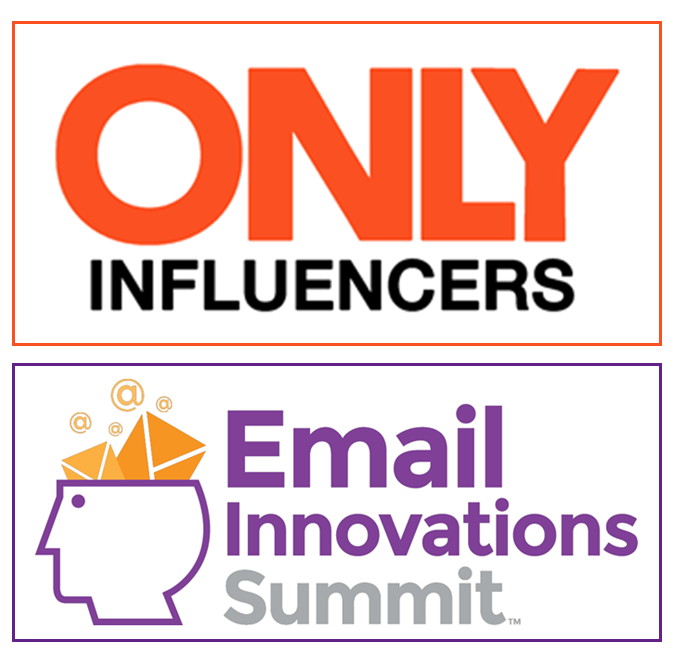Is your company still using ‘do not reply’ from addresses for its email marketing? If so, this case study shows you what you might be missing out on (spoiler alert: over half the replies were warm or hot leads).
It’s an excellent example to cite if you’re trying to convince your organization to listen to you customers and prospects — whenever and in whichever channel they use to communicate with you.
Earlier this year I convinced a client to move away from ‘do not reply’ and start accepting responses to the marketing and transactional email messages it sends to customers and prospects. In order to justify this decision, we categorized the replies we received over the course of a month. Here’s what we found.
This particular client is in the consumer services sector. Theirs is a high-dollar, high-touch sale; it’s very personal and they pride themselves on how much individual attention they provide to prospects and patients. Which made it a natural for them to accept, not ignore, replies to their marketing emails.
A simplified view of the stages of their customer journey, along with the associated email programs, appears below.

Prospects request information via an online form. Immediately they receive a confirmation email and their contact details are passed to the sales team.
The sales team phones the prospects and there is a stable of transactional email messages the reps can trigger based on the results of the outreach efforts. For instance:
- There’s one if a phone number is invalid,
- another one when a rep gets voice mail and leaves a message, and
- a customized one with date, time and location when a consultation is scheduled.
These are the only email messages the prospect will receive, after the initial confirmation email. for the first three days after they submit the form. This gives the representatives ownership over the communication during this period.
On the fourth day prospects begin receiving the nurture series, which lasts about 8 weeks. This series is focused on educating the prospect and motivating them to move forward with either a free consultation or a procedure.
The post-procedure series is sent to patients during the recovery period. This series lasts roughly three months. It’s geared toward answering recovery-related questions, motivating patients to provide testimonials and driving referrals.
All of these programs are automated; they are sent based on time or activity triggers. The client does send non-automated email messages once in a while, but none of those were send during this month.
Reply Analysis
In order to measure the impact of accepting replies, we reviewed and categorized a month’s worth of replies, to see what impact they might have on the business’s bottom line. Here’s what we found:

In speaking with the sales team we learned that there were some early indicators of lead quality. Things like the questions prospects ask and their level of interest in coming in for a free consultation.
We used this information to categorize the replies by lead quality — here’s a brief overview of the criteria for each:
Stone Cold Replies (0.9%): Basically people who said they were no longer interested. Most of these were probably removed automatically, as they said ‘unsubscribe’ or ‘remove me’ — but a few people were more poetic in their request that we not contact them again and these made it through the reply filters.
Cool Replies (17.0%): I think of these as people who are still gathering information, not yet ready to commit to a free consultation.
Most of the replies that fell into this category had questions about cost and financing that they wanted answered via email, without speaking to a sales rep. The sales reps told us that people with these types of questions right up front weren’t usually qualified candidates for the company’s services.
Warm Replies (52.7%): The majority of replies fell into this category. It is primarily composed of people asking for someone to call them because they have questions or want to schedule a free consultation.
We were surprised we had any replies like this, but it turns out that many came from emails sent in the later stages of the nurture series. So it appears that people who didn’t initially want to speak to rep, or who spoke to a rep but decided not to move forward with a consultation, changed their mind. This showcases the effectiveness of the nurture series — and the value in reviewing replies.
If we weren’t reviewing replies these people would have had to proactively pick up the phone and call — a much higher bar than letting them respond to an email message.
Warm-to-Hot Leads (12.5%): I created this category to gather those replies that weren’t yet hot, but which were hotter than warm.
It’s made up of people who replied asking for a consultation on a specific date (“Do you have any appointments this Friday, August 16th?”). It also includes people who proactively sent in pictures asking that a consultation to be done via email (which is an option the organization offers).
Hot Leads (4.5%): These were replies from people who didn’t need to be sold. Most had previously sent in photos for a consult and were following-up to get their results. Others just wanted to schedule a procedure.
Other (12.5%): These replies weren’t leads, as they came from patients who had already undergone the procedure. The majority of these replies were questions from patients during the recovery period. In a few instances they were just enthusiastic ‘thank yous’ from patients who were thrilled with their results.
While these aren’t of any value to the sales team, there is still value in monitoring and responding to these replies. The people sending thank yous are key sources for testimonials and referrals. And the people with post-op questions — this is the perfect opportunity for the medical staff to reach out and address their concerns.
Results
So, was turning off ‘do not reply’ a sound business decision for this client?
Yes.
There’s one big argument for accepting replies to your marketing messages: caring for your customers and prospects. You are sending email to people you have or want to have a business relationship with — why wouldn’t you want to read their response?
Because this is a high-touch business, allowing people to reply to marketing messages, and having staff take the time to review and respond, is in line with the brand.
Moreover, as a high-ticket business, a single sale that resulted from a reply would more than cover the quantitative cost of having a staff member monitor the reply inbox.
With the new reply management filters that most marketing automation platforms have in place, there’s little reason to take a ‘do not reply’ position with your email marketing.
If this is a battle you’re fighting in your organization, feel free to use this post to convince your company to accept and monitor replies — and be sure to keep me posted on your progress.






